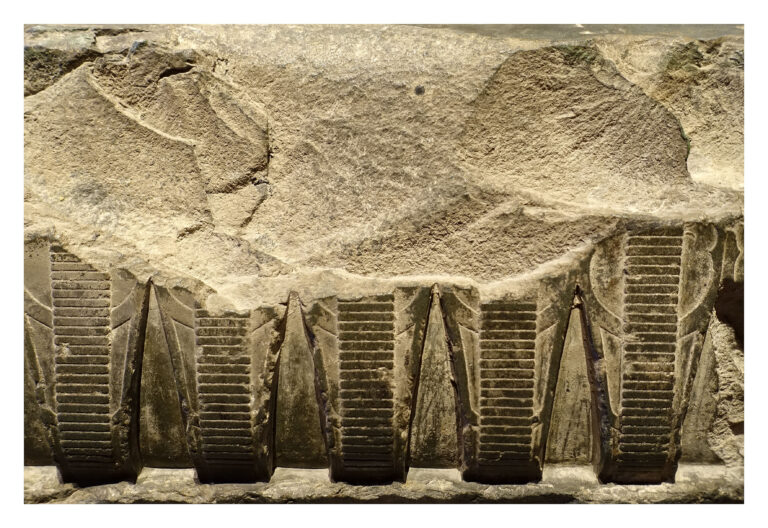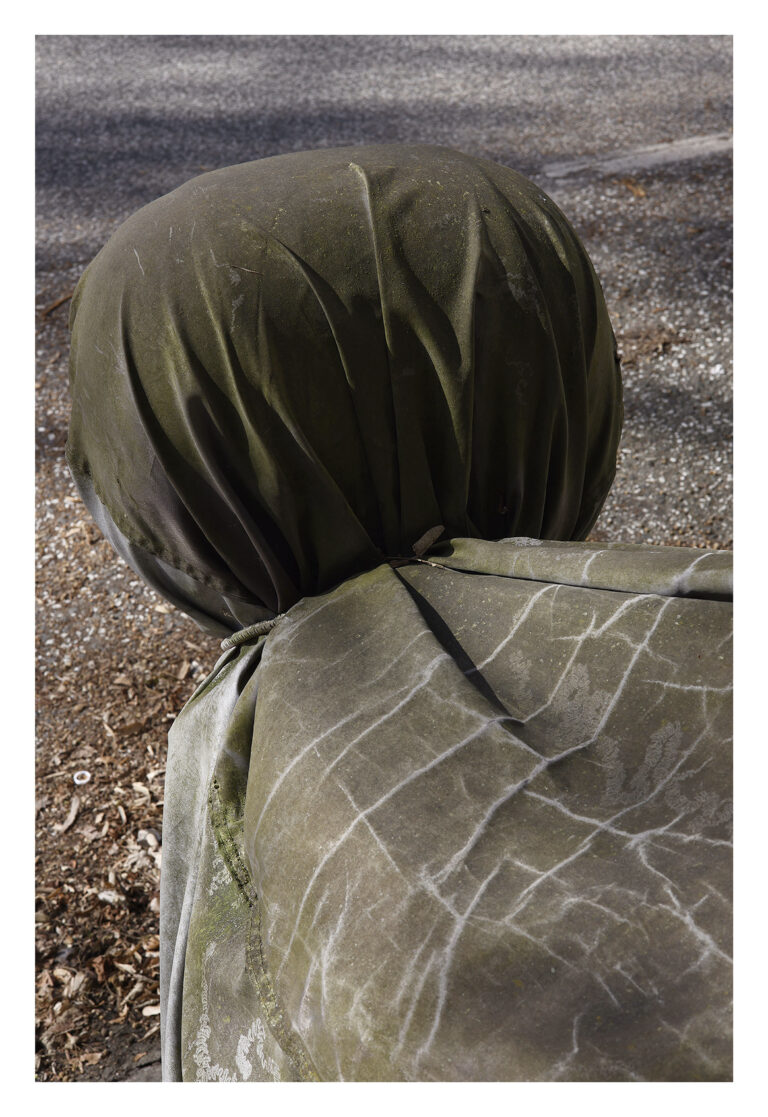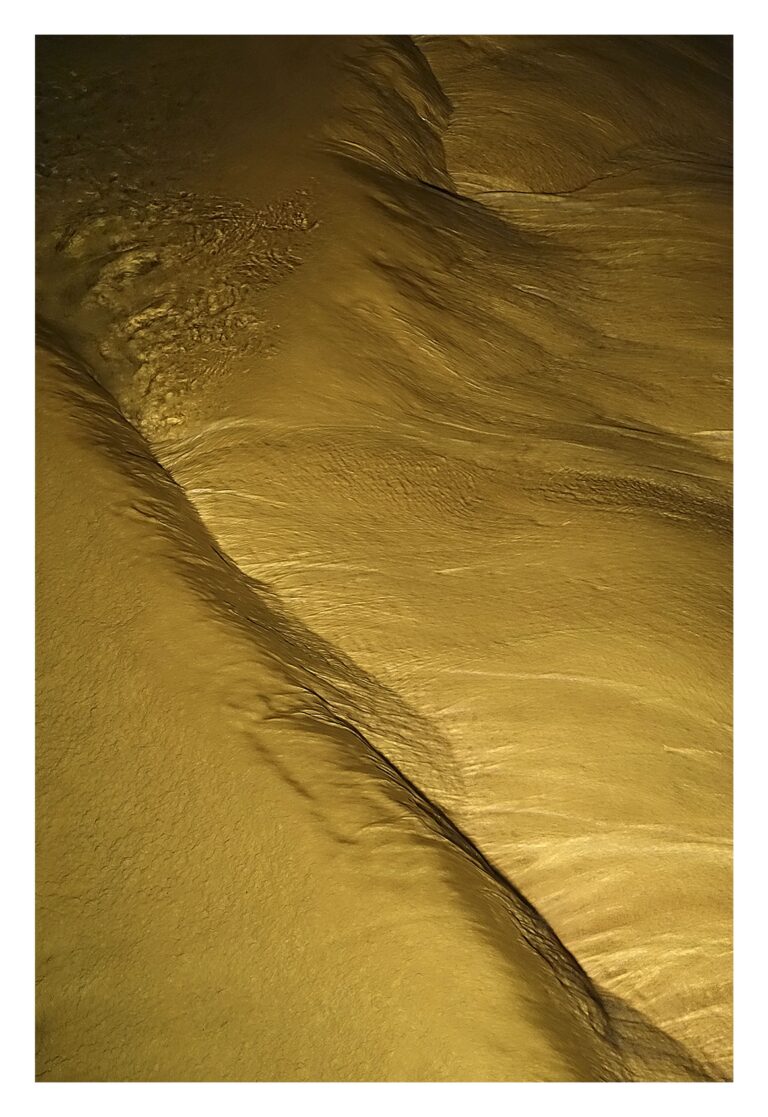Peter Piller
Bürgerliche Dämmerung / Civil Twilight
15 NOV 2025 until 31 JAN 2026
Opening 14 NOV 2025, 6-9 pm
Peter Piller has been exhibiting at Galerie Barbara Wien since 2002. In his seventh solo exhibition Civil Twilight he presents around 30 colour and black-and-white photographs and drawings made in 2025. To introduce the group of works we conducted an interview with Peter Piller.

Peter Piller, ohne titel / no title, 2025,
Pigmentdruck,
33 x 48 cm / 48 x 33 cm,
Edition 1 + 1 A.P.,
Courtesy the artist and Galerie Barbara Wien, Berlin.
Asking the good, old question: ‘What is that?’
Interview with Peter Piller
The term ‘Bürgerliche Dämmerung‘ (‘Civil Twilight’) is the title of your new solo exhibition at Barbara Wien. It refers to the brightest phase of twilight, which begins when the sun is six degrees below the horizon and ends when the sun is six degrees above the horizon. How did you come up with this?
This is a title I have wanted to use for quite some time, ever since I came across the term in a weather app. I didn’t understand it, and then I looked it up. I appreciate misunderstandings; they open up room for speculation, and I’m pretty sure some people will think I made up the term. This exhibition is a good occasion to use this title.
Are associations with the word and the meaning of ‘Götterdämmerung’ (twilight of the Gods) desired by you. i.e. considered?
I have considered this, yes, but more as something to be accepted than embraced. The Gods do not perish – they are replaced. I’m looking towards a horizon less upper-class hereditary nobility, and I have no wish to go to Bayreuth. Many of the photos show motifs that resemble still-lifes, quiet glances at landscapes, architecture, water, plants, such as mushrooms – mostly taken outdoors – sometimes in focus and sometimes from a distance …
“Quiet glances” sounds as if looking could also be too loud, too intense. And there is something alive in still life, you can see it clearly. That would be the bridge to the last exhibition, which was about prehistoric art, about contact with animistic visual cultures. The photos are sometimes not taken in the sense of intentional production, but rather I try to let them happen, to be open to moments of irritation, uncertainty. What is ‘creative’ in the broadest sense at the moment of taking the photo passes through me rather than me being the author, but that only happens when I am receptive, and that is something I practise. From the moment of taking the photograph to the picture on the wall, there are still many decisions to be made; this is less convoluted and irrational.
… or, one could also say that the photographs function like ‘traps’, because we think we recognise something, but then when you reveal what it is, we realise that we were wrong …
No, I would say you were right too.

Peter Piller, ohne titel / no title, 2025,
Pigmentdruck,
33 x 48 cm / 48 x 33 cm,
Edition 1 + 1 A.P.,
Courtesy the artist and Galerie Barbara Wien, Berlin.
What can you see on the postcard, for example?
It’s just the rear end of a motorcycle that has been winter-proofed and strapped-up, which I wouldn’t have photographed if I had wanted to photograph a winter-proofed strapped-up motorcycle rear end.
The motifs invite viewers to develop their own associations and to invent their own story as they move along the sequence of the hanging. How did you select the photographs for the exhibition? What criteria were decisive for you in making your choice?
Many motifs were chosen for their potential for ambiguity, but in the end, it was more about how images from different sources interact with each other when placed side by side. I can only try this out, and there are always pleasant surprises in how images placed next to each other create unexpected meanings. I prefer successful combinations to successful individual images.
Civil Twilight is now your seventh solo exhibition at Barbara Wien since 2002. How has your artistic approach, as someone who works with photography and drawing, changed over the years? In the past, you mainly showed motifs or archives, photographs by others or by institutions … Now it’s almost exclusively your ‘own’ works. When did that change?
I’ve always taken a lot of photographs, even during the years I spent in the archives. My approach was mostly analogue – working digitally in the archive never gave me much pleasure; it all felt too fast. Perhaps things were simply too easy and readily available, and you couldn’t help but suspect that something was left behind, something that wasn’t digitised. In the digital archive, there is less misfiling, nothing falls behind the shelf, many people have been there before, everything is sterile, and more importantly, I didn’t feel like actively participating in remaining ‘the person with the archives.’ There was no decision, no change of course, but I now realise that I am happier with this way of working and that it is more challenging to not know exactly what I am doing, but to only find out later what I have done.

Peter Piller, ohne titel / no title, 2025,
Pigmentdruck,
33 x 48 cm / 48 x 33 cm,
Edition 1 + 1 A.P.,
Courtesy the artist and Galerie Barbara Wien, Berlin.
In the foyer of the gallery, we see drawings. On them, you have written the words “DAX” and “Klumpenrisiko” (cluster risk) as fragments spread across several sheets and arranged in a grid, respectively you indicated them with boxes filled in shades of grey. What is the connection to the photographs? Is it also about suggesting a mood or state of mind that perhaps, in a figurative sense, also resonates with the title Civil Twilight? Banks and the stock exchange, investment and speculation – and the associated dangers of loss, of social division …
Yes, probably all correct. These stock-market terms have become more familiar to everyone in the customer and investor community, and the trend is rising. To watercolour this digital lettering into rasterized small grey boxes, meant walking a distance and asking the good, old question, ‘What is that?’.
In the foyer, one can also see a “Muybridge Eagle” in a photograph below the drawing with the half A and X from DAX. Is that a photograph you took from an existing photograph? We can also see a grid in the background. Eadweard Muybridge also used background walls with a clearly recognisable grid structure in his studio for his sequenced motion studies to measure and analyse movement. So here, too, something ‘mathematical’ and ‘scientific’ is combined with art … What connection do you see here?
When one sees a slightly blurred black-and-white photo in front of boxes (again grey boxes, grid, see above), many people immediately think of Muybridge, and rightly so. The motif comes from one of his series of images showing an eagle taking flight. I use the one photo in which the eagle looks like a discarded, broken umbrella. The eagle is the twilight helper for stock market terms.
You’ve recently moved to Rome on a scholarship to live at the Villa Massimo. What are you working on there? How are you experiencing the city of Rome as an artist who usually lives in Hamburg and teaches in Düsseldorf?
I am reading a lot. By the time I return to Berlin, I will have walked around Rome in about sixteen stages, and I’ll be glad for the experience. Then I’ll start working with the photographs I’ve taken and do some drawing. Otherwise, I’m simply enjoying the climate – the brightness that makes every object seem as if it were set apart – and, above all, the conversations with the other fellows who have received the Rome Prize and are here for the same reason. I do wonder whether I deserve to be here, but for now, I’ll just go ahead and say yes.
Does the choice of the exhibition title also have something to do with the moods you’ve been experiencing since your arrival in Rome?
No, I took almost all of the pictures in Germany; the title does not refer to Rome or Berlin, but rather speaks to the pictures themselves.
The questions were asked by Barbara Buchmaier.
